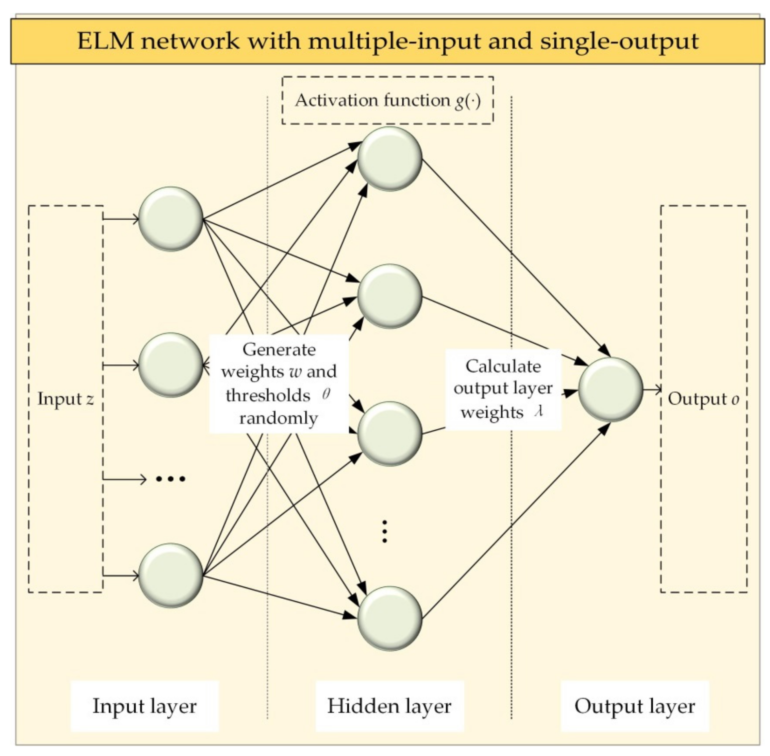The chemical industry is the world’s largest industrial energy consumer and the third-largest source of industrial emissions, according to the International Energy Agency. In 2019, the industrial sector as a whole was responsible for 24% of global greenhouse gas emissions. And yet, as the world races to find pathways to decarbonization, the chemical industry has been largely untouched.
“When it comes to climate action and dealing with the emissions that come from the chemical sector, the slow pace of progress is partly technical and partly driven by the hesitation on behalf of policymakers to overly impact the economic competitiveness of the sector,” says Dharik Mallapragada, a principal research scientist at the MIT Energy Initiative.
With so many of the items we interact with in our daily lives—from soap to baking soda to fertilizer—deriving from products of the chemical industry, the sector has become a major source of economic activity and employment for many nations, including the United States and China. But as the global demand for chemical products continues to grow, so do the industry’s emissions.
New sustainable chemical production methods need to be developed and deployed and current emission-intensive chemical production technologies need to be reconsidered, urge the authors of a new paper published in Joule. Researchers from DC-MUSE, a multi-institution research initiative, argue that electrification powered by low-carbon sources should be viewed more broadly as a viable decarbonization pathway for the chemical industry. In this paper, they shine a light on different potential methods to do just that.
“Generally, the perception is that electrification can play a role in this sector—in a very narrow sense—in that it can replace fossil fuel combustion by providing the heat that the combustion is providing,” says Mallapragada, a member of DC-MUSE. “What we argue is that electrification could be much more than that.”
The researchers outline four technological pathways—ranging from more mature, near-term options to less technologically mature options in need of research investment—and present the opportunities and challenges associated with each.
The first two pathways directly replace fossil fuel-produced heat (which facilitates the reactions inherent in chemical production) with electricity or electrochemically generated hydrogen. The researchers suggest that both options could be deployed now and potentially be used to retrofit existing facilities. Electrolytic hydrogen is also highlighted as an opportunity to replace fossil fuel-produced hydrogen (a process that emits carbon dioxide) as a critical chemical feedstock. In 2020, fossil-based hydrogen supplied nearly all hydrogen demand (90 megatons) in the chemical and refining industries—hydrogen’s largest consumers.
The researchers note that increasing the role of electricity in decarbonizing the chemical industry will directly affect the decarbonization of the power grid. They stress that to successfully implement these technologies, their operation must coordinate with the power grid in a mutually beneficial manner to avoid overburdening it. “If we’re going to be serious about decarbonizing the sector and relying on electricity for that, we have to be creative in how we use it,” says Mallapragada. “Otherwise we run the risk of having addressed one problem, while creating a massive problem for the grid in the process.”
Electrified processes have the potential to be much more flexible than conventional fossil fuel-driven processes. This can reduce the cost of chemical production by allowing producers to shift electricity consumption to times when the cost of electricity is low. “Process flexibility is particularly impactful during stressed power grid conditions and can help better accommodate renewable generation resources, which are intermittent and are often poorly correlated with daily power grid cycles,” says Yury Dvorkin, an associate research professor at the Johns Hopkins Ralph O’Connor Sustainable Energy Institute. “It’s beneficial for potential adopters because it can help them avoid consuming electricity during high-price periods.”
Dvorkin adds that some intermediate energy carriers, such as hydrogen, can potentially be used as highly efficient energy storage for day-to-day operations and as long-term energy storage. This would help support the power grid during extreme events when traditional and renewable generators may be unavailable.
“The application of long-duration storage is of particular interest as this is a key enabler of a low-emissions society, yet not widespread beyond pumped hydro units,” he says. “However, as we envision electrified chemical manufacturing, it is important to ensure that the supplied electricity is sourced from low-emission generators to prevent emissions leakages from the chemical to power sector.”
The next two pathways introduced—utilizing electrochemistry and plasma—are less technologically mature but have the potential to replace energy- and carbon-intensive thermochemical processes currently used in the industry. By adopting electrochemical processes or plasma-driven reactions instead, chemical transformations can occur at lower temperatures and pressures, potentially enhancing efficiency.
“These reaction pathways also have the potential to enable more flexible, grid-responsive plants and the deployment of modular manufacturing plants that leverage distributed chemical feedstocks such as biomass waste—further enhancing sustainability in chemical manufacturing,” says Miguel Modestino, the director of the Sustainable Engineering Initiative at the New York University Tandon School of Engineering.
A large barrier to deep decarbonization of chemical manufacturing relates to its complex, multi-product nature. But, according to the researchers, each of these electricity-driven pathways supports chemical industry decarbonization for various feedstock choices and end-of-life disposal decisions. Each should be evaluated in comprehensive techno-economic and environmental life cycle assessments to weigh trade-offs and establish suitable cost and performance metrics.
Regardless of the pathway chosen, the researchers stress the need for active research and development and deployment of these technologies. They also emphasize the importance of workforce training and development running in parallel to technology development. As André Taylor, the director of DC-MUSE, explains, “There is a healthy skepticism in the industry regarding electrification and adoption of these technologies, as it involves processing chemicals in a new way.” The workforce at different levels of the industry hasn’t necessarily been exposed to ideas related to the grid, electrochemistry, or plasma. The researchers say that workforce training at all levels will help build greater confidence in these different solutions and support customer-driven industry adoption.
“There’s no silver bullet, which is kind of the standard line with all climate change solutions,” says Mallapragada. “Each option has pros and cons, as well as unique advantages. But being aware of the portfolio of options in which you can use electricity allows us to have a better chance of success and of reducing emissions—and doing so in a way that supports grid decarbonization.”
More information:
Dharik S. Mallapragada et al, Decarbonization of the chemical industry through electrification: Barriers and opportunities, Joule (2023). DOI: 10.1016/j.joule.2022.12.008
Provided by
Massachusetts Institute of Technology
This story is republished courtesy of MIT News (web.mit.edu/newsoffice/), a popular site that covers news about MIT research, innovation and teaching.
Citation:
Researchers push for the exploration of electrification pathways to reduce chemical industry emissions (2023, February 1)



